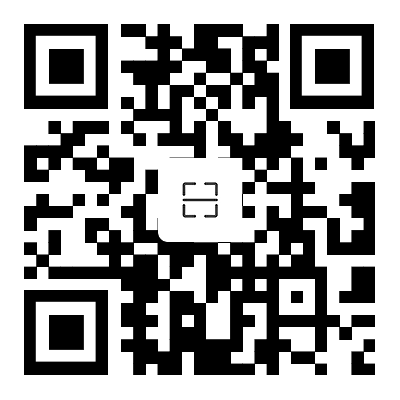Structure of the working part of the tool
Category: Company News
Time:2023-08-07
The structure of the working part of the tool is integral, welded and mechanical clamping three:
■ The overall structure is to make the cutting edge on the cutter body;
The welding structure is to braze the blade to the steel cutter body;
■ There are two kinds of mechanical clamping structure, one is to clamp the blade on the cutter body, and the other is to clamp the brazed cutter head on the cutter body. Cemented carbide is generally made of welded structure or mechanical clamping structure: porcelain tools are used in mechanical clamping structure.
The geometric parameters of the cutting part of the tool have a great influence on the cutting efficiency and the quality of the machining. Increasing the rake angle can reduce the plastic deformation of the cutting layer when the rake surface is extruded, and reduce the frictional resistance of the chip flowing through the front, thereby reducing the cutting force and cutting heat. However, increasing the rake angle will reduce the strength of the cutting edge and reduce the heat dissipation volume of the cutter head.
When choosing the angle of the tool, you need to consider the influence of many factors, such as workpiece material, tool material, processing properties (rough, finishing), etc., and you must choose reasonably according to the specific situation. Generally speaking, the tool angle refers to the marking angle used for manufacturing and measurement. In actual work, due to the different installation positions of the tools and the change of the cutting movement direction, the actual working angle and the marking angle are different, but the difference is usually very small.
Keywords: Structure of the working part of the tool
RELATED INFORMATION
Company News
-
What are the types of knives?
Time:2023-08-07
-
What are the uses of milling cutter?
Time:2023-08-07
-
Name of eight kinds of commonly used milling cutter
Time:2023-08-07
-
What are the types of hole machining tools?
Time:2023-08-07
-
What are the common hole machining tools?
Time:2023-08-07
-
Structure of the working part of the tool
Time:2023-08-07
-
The structure of the tool
Time:2023-08-07
